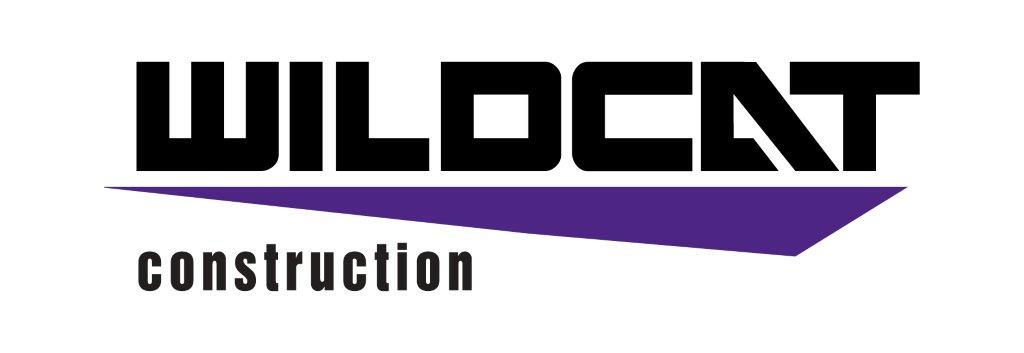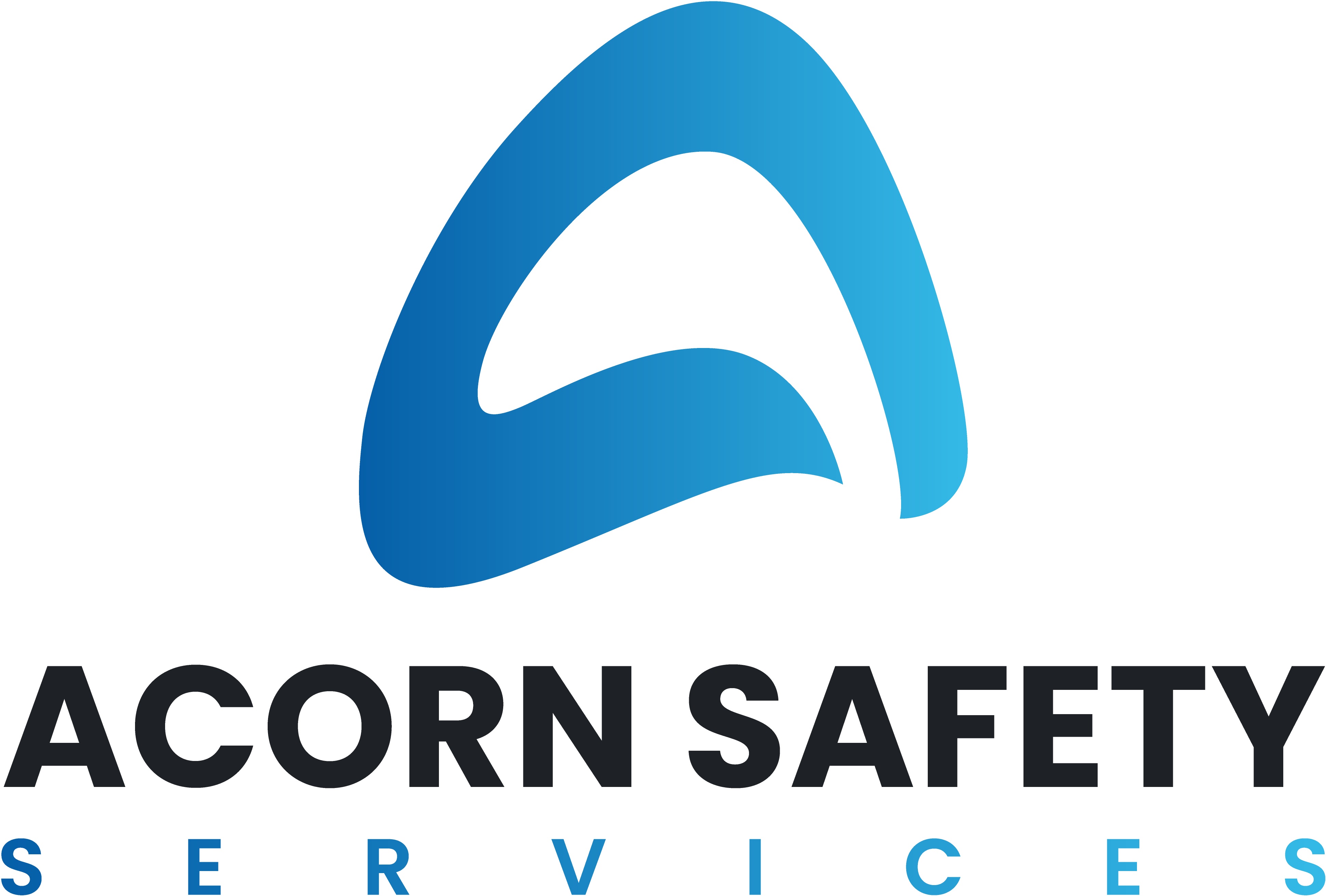Title Page
-
Site Name
-
Building Number
-
Floor Number
- Basement
- Ground Floor
- 1st Floor
- 2nd Floor
- 3rd Floor
- Rooftop
-
Conducted on
-
Prepared by
Excavation or Trench Inspection Checklist
Excavation/ Trench Information
-
Excavation task description
-
Purpose of Trenching
- Drainage
- Sewer
- Water
- Gas
- Electrical
- Other
-
Enter other purpose
-
Excavation Depth in millimeters
-
Excavation Width in millimeters
-
Take photo of the excavation area
-
Excavation tools and machines used
-
Has all heavy equipment undergone safety checks?
-
Approximate Temperature at the Work Space in Degrees Celcius
-
Weather
- Windy
- Cloudy
- Sunny
- Rainy
- Stormy
- Hail
- Wet
- Hot
- Dry
- Foggy
- Snow
-
Soil Type
-
Protective System
- Trench shield (box)
- Snow Netting
- Danger Tape
- Sufficient Signage
- Other
-
Enter other protective system
-
Protective System PHOTO
-
Excavation / Trench PHOTO
Jobsite Inspection
-
Is there a Competent Supervisor [within shouting distance] to remove employees from the excavation immediately? (In the event of an accident)
-
Excavations, adjacent areas, and protective systems inspected by a competent person daily before the start of work.
-
Surface encumbrances removed or supported.
-
REFERENCE: No encumbrances like utilities, foundations, curb-stones, brick paving, rock-water feature, transformer vaults, walkways, bridges, roads, and geologic anomalies present
-
Rubble, materials and equipment are set back at least 60cm from the edge of the excavation.
-
Barriers provided at all remotely located excavations, wells, pits, shafts, etc.
-
Walkways and bridges over excavations 1M or more in depth are equipped with standard guardrails and toe-boards?
-
Warning system established and utilized when mobile equipment is operating near the edge of the excavation. (Reverse and/or Movement Hooter)
- Yes
- No
- N/A
-
Employees protected from loose rock or soil that could pose a hazard by falling or rolling into the excavation.
-
Employees prohibited from going under suspended loads.
-
Employees prohibited from working on the faces of slopes or benched excavations above other employees.
-
Hard hats worn by all employees.
-
Warning vests or other highly visible clothing provided and worn by all employees exposed to vehicular traffic.
-
Utilities
-
Utility companies contacted and/or utilities located.
-
Exact location of utilities marked.
-
Underground installations protected, supported, or removed when excavation is open.
Entry and Exit
-
Lateral travel to means of egress no greater than 1M wide in excavations 1M or more in depth.
-
Ladders used in excavations secured and extended three feet above the edge of the trench.
-
Structural ramps used by employees designed by a competent person.
-
Structural ramps used for equipment designed by a registered professional engineer (RPE)
-
Ramps constructed of materials of uniform thickness, cleated together on the bottom, equipped with no-slip surface.
-
Employees protected from cave-ins when entering or exiting the excavation.
Dark & Wet Conditions
-
Precautions taken to protect employees from the accumulation of water.
-
Precautions taken to protect employees from Power Outages? (E.g. Emergency Lights, Glow in the Dark Exit Signs, etc)
-
Evacuation Plan Displayed at Entrance?
-
Surface water or runoff diverted or controlled to prevent accumulation in the excavation.
-
Inspections made after every rainstorm or other hazard-increasing occurrence?
Hazardous Atmosphere
-
Atmosphere within the excavation tested where there is a reasonable possibility of an oxygen deficiency, combustible or other harmful contaminant exposing employees to a hazard.
-
Adequate precautions taken to protect employees from exposure to an atmosphere containing less than 19.5% oxygen and/or to other hazardous atmospheres
-
Ventilation provided to prevent employee exposure to an atmosphere containing flammable gas in excess of 10% of the lower explosive limit of the gas.
-
Testing conducted often to ensure that the atmosphere remains safe.
-
Emergency equipment, such as breathing apparatus, safety harness and lifeline, and/or basket stretcher readily available where hazardous atmospheres could or do exist.
-
Employees trained to use personal protective and other rescue equipment.
-
Safety harness and lifeline used and individually attended when entering bell bottom or other deep confined excavations
Support Systems
-
Sufficient Support Systems in place?
-
Materials and equipment used for protective systems inspected and in good condition.
-
Materials and equipment not in good condition have been removed from service.
-
Damaged materials and equipment used for protective systems inspected by a registered professional engineer (RPE) after repairs and before being placed back into service.
-
Protective systems installed without exposing employees to the hazards of cave-ins, collapses, or threat of being struck by materials or equipment.
-
Members of support system securely fastened to prevent failure.
-
Support systems provided in ensure stability of adjacent structures, buildings, roadways, sidewalks, walls, etc.
-
Excavations below the level of the base or footing supported, approved by an RPE.
-
Removal of support systems progresses from the bottom and members are released lowly as to note any indication of possible failure.
-
Shield system placed to prevent lateral movement.
-
Employees are prohibited from remaining in shield system during vertical movement.
Recommendations
-
Enter recommendations here
Acknowledgements
-
Full Name and Signature of Supervisor
-
Full Name and Signature of Inspector












